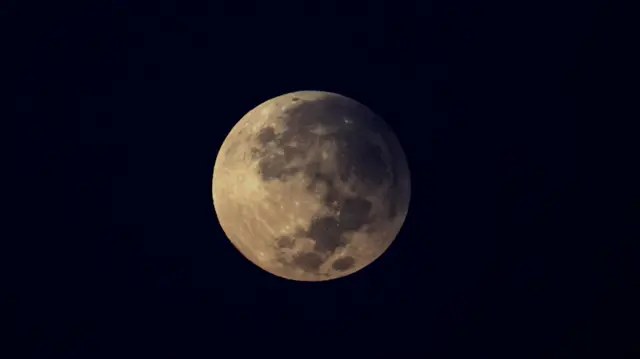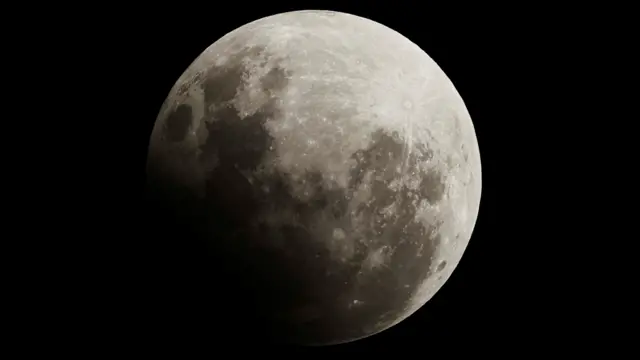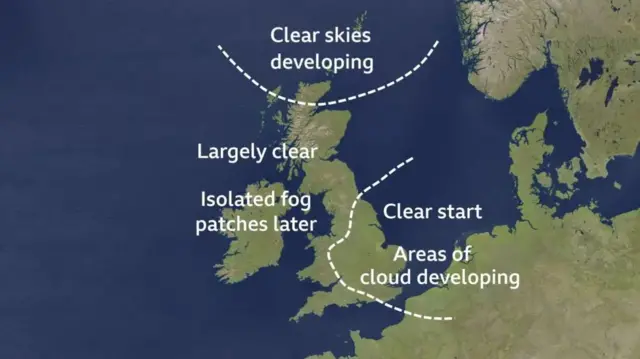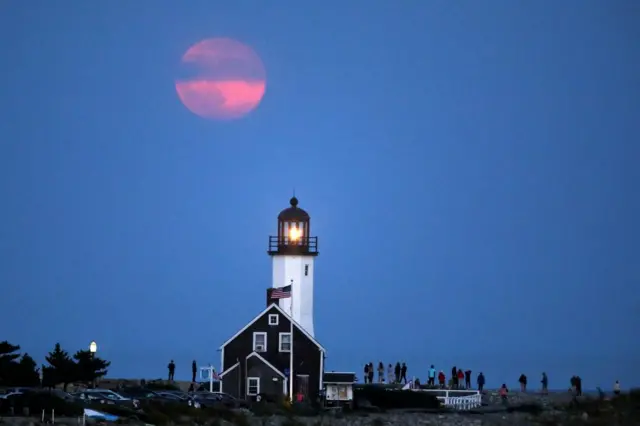Thank you for joining uspublished at 05:24 BST 18 September 2024
We are ending our live coverage shortly, as Earth's shadow has started to move away from the Moon.
Stargazers across the world have just witnessed a rare sight in the night sky.
As we mentioned earlier, a supermoon and a partial eclipse of a full moon are unusual by themselves. Both happening at the same time makes this celestial event even rarer.
Thanks for sticking with us. This page was brought to you by Joel Guinto in Singapore and by Tiffanie Turnbull and Isabelle Rodd in Sydney.




